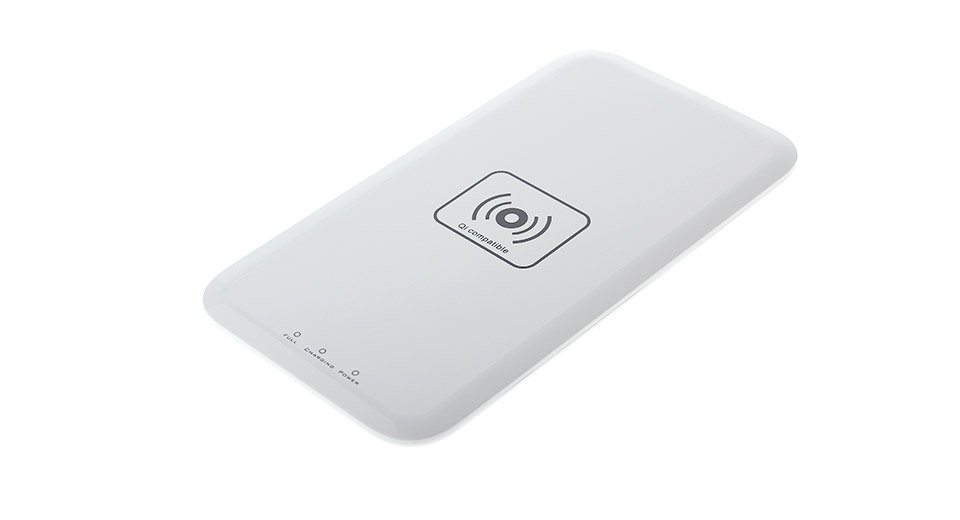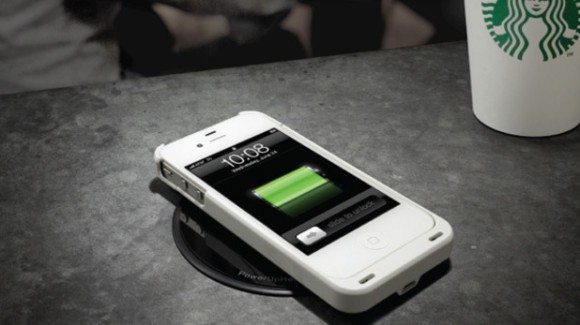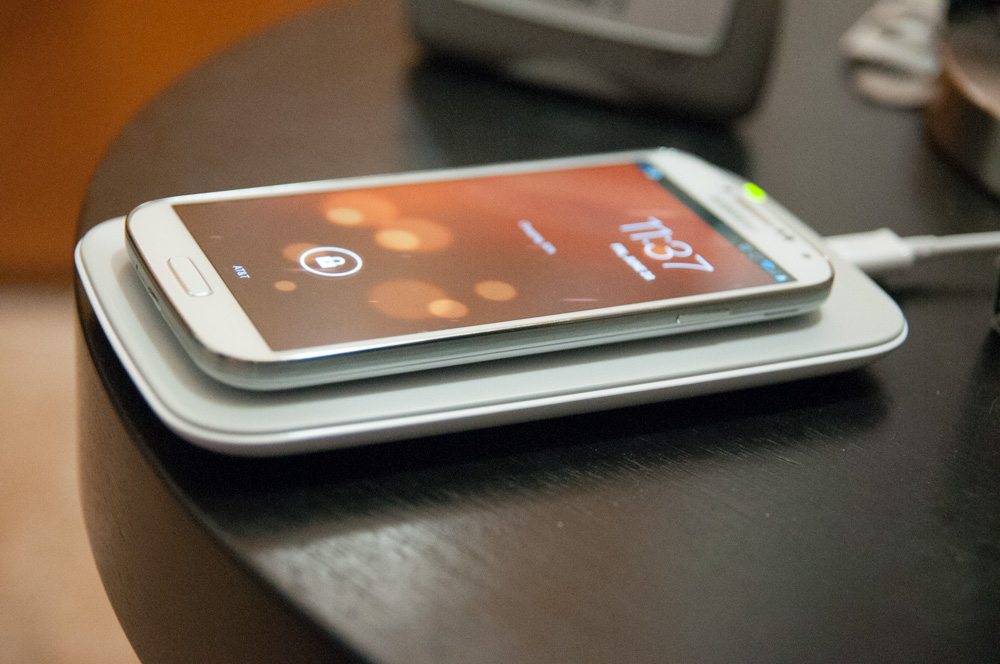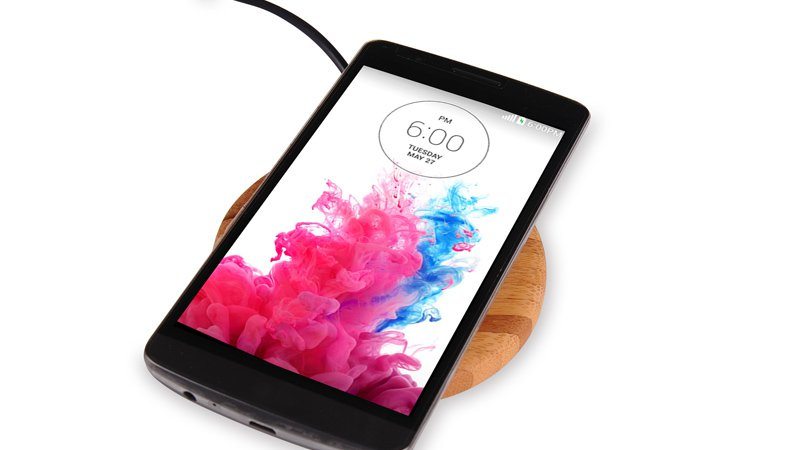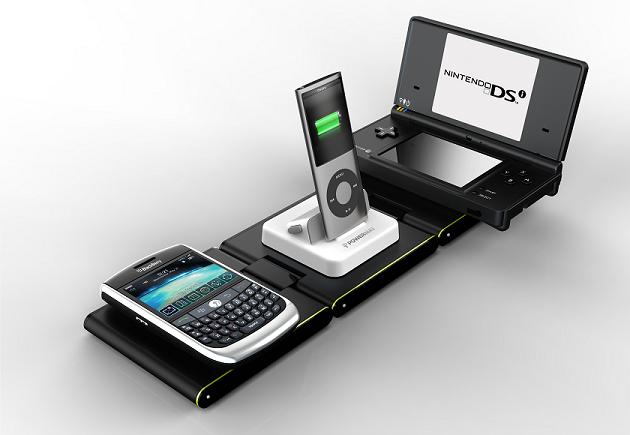This year, as every year, the Mobile World Congress in Barcelona played host to a variety of new mobile tech innovations. From fingerprint scanners and organic batteries to the latest in smartphones and smart-watches, industry insiders and the general public got a closer look at what to expect from the future of mobile communications. One of the most talked about topics at this year’s MWC was wireless smartphone charging, and its projected impact on smartphone design and sales. Now, wireless chargers have been around for a while, but the technology has only recently become reliable enough to go mainstream, and we are just beginning to see smartphone models with built in wireless charging capabilities. But make no mistake; wireless charging is the wave of the future, charging stations have already started to pop up in many high street cafes and restaurants.
Qi and the Secrets of Inductive Charging
Of course, when we talk about wireless charging we’re really talking about magnetic-induction charging. Qi is the standard developed by the Wireless Power Consortium for inductive electrical power transfer, and it is the most common and successful method currently available for the wireless charging of smartphones and other mobile tech devices. Inductive charging uses two coils, one a transmitter and the other a receiver, to wirelessly transmit power. Alternating current is passed through the transmitting coil, which generates a magnetic field that produces a voltage in the receiving coil which ultimately charges the mobile device’s battery. The process is simple and effective, and to some degree eliminates the need for endless loops of wires, at least as far as the connection between smartphone and charger is concerned. Naturally, the charging station itself must be plugged into a power supply, but no wires are needed to transfer power from the charging pad to the device. Simply put your handset on the charging pad, and let magnetic-induction do the rest.
Wireless Compatible Smartphones
Again, wireless charging isn’t really a new idea, and smartphone manufacturers have been preparing for the day when it became reliable and affordable enough for mainstream use. Consequently, a fair few smartphone models are already equipped with wireless charging technology. Samsung, Nokia, Motorola and HTC all offer handsets with built in wireless charging capabilities. Apple, strangely, is the odd one out when it comes to wireless charging, with only the Apple smart-watch being equipped with Qi technology. But the future looks bright for wireless charging, and industry insiders expect to see more smartphone and tablet manufacturers incorporating the technology into their designs.
Adding Qi Charging to Unsupported Devices
While an increasing number of smartphones and tablets are including wireless charging technology in their builds, there are still a vast number of devices that do not support Qi charging. However, there are options available to anyone with an unsupported device who still wants to take advantage of the Qi technology.
For Apple iPhones, there’s the iQi Mobile Qi Charging Receiver. The iQi receiver uses a thin ribbon cable which, once connected to the mobile through its charging port can be housed between the back of the handset and its protective cover. The iQi ribbon allows for the wireless charging of Apple devices through any Qi charging station. The fix may not be pretty, but it does work. Android users, and anyone with a smartphone model that features a micro-USB port, can still get into the Qi act with a universal wireless charging adaptor. Simply plug the adaptor into your mobile’s micro-USB port and attach the connected receiver to the back of your handset using the sticky back film provided. If you can remove the back of your handset, the receiver can be inserted into the phone and hidden from view. It should be noted that while both of these fixes will enable Qi charging on unsupported devices, they may not be as effective or reliable as in-built tech, and may require longer charging times.
Wireless Charging Now
If you already have a device with built in wireless charging technology, you are primed and ready to take advantage of the nearest charging pad. Even if your mobile doesn’t naturally support Qi charging you can install an adaptor and finally go wire free. Charging pads are becoming widely available, with even Ikea getting in on the act with Qi enabled wireless charging furniture; and free wireless charging hot spots are showing up in Starbucks and McDonald’s throughout many major city centres. It looks like wireless smartphone charging has finally come of age, and we may soon be tossing away those cumbersome cords and wires.

